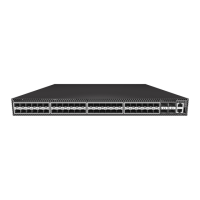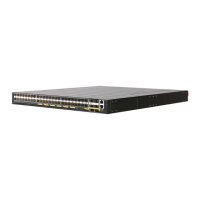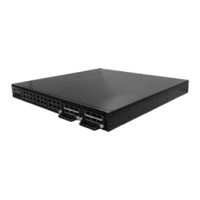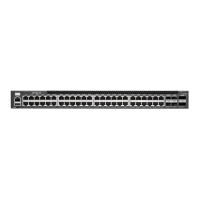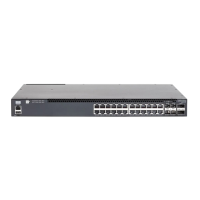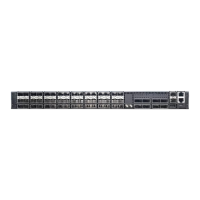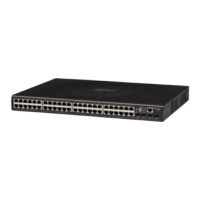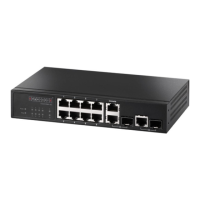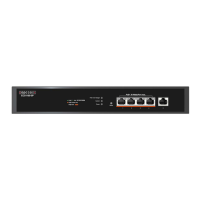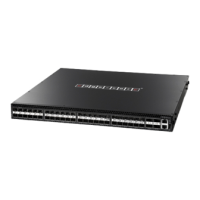Chapter 27
| IP Interface Commands
IPv4 Interface
– 743 –
segment that is connected to that interface, and allows you to send IP packets
to or from the router.
◆ Before any network interfaces are configured on the router, first create a VLAN
for each unique user group, or for each network application and its associated
users. Then assign the ports associated with each of these VLANs.
◆ An IP address must be assigned to this device to gain management access over
the network or to connect the router to existing IP subnets. A specific IP address
can be manually configured, or the router can be directed to obtain an address
from a DHCP server. Valid IP addresses consist of four numbers, 0 to 255,
separated by periods. Anything other than this format will not be accepted by
the configuration program.
◆ An interface can have only one primary IP address, but can have many
secondary IP addresses. In other words, secondary addresses need to be
specified if more than one IP subnet can be accessed through this interface.
Note that a secondary address cannot be configured prior to setting the
primary IP address, and the primary address cannot be removed if a secondary
address is still present. Also, if any router/switch in a network segment uses a
secondary address, all other routers/switches in that segment must also use a
secondary address from the same network or subnet address space.
◆ If the dhcp option is selected, the system will immediately start broadcasting
service requests for all VLANs configured to obtain address assignments
through DHCP. IP is enabled but will not function until a DHCP reply has been
received. Requests are broadcast periodically by the router in an effort to learn
its IP address. (DHCP values can include the IP address, default gateway, and
subnet mask). If the DHCP server is slow to respond, you may need to use the ip
dhcp restart client command to re-start broadcasting service requests, or
reboot the router.
Note:
Each VLAN group can be assigned its own IP interface address. You can
manage the router via any of these IP addresses.
◆ For a specific VLAN interface, multiple default-gateway addresses can be
configured. However, the active default-gateway is selected as the one with the
smallest IP address.
Use the show ip route command to see the active default-gateway or show ip
route database command to see the default-gateway list, including the active
one.
Use the no ip default-gateway command to remove the active default-gateway.
Use the no ip route 0.0.0.0 0.0.0.0 gateway-address command to remove a
specific default gateway.
